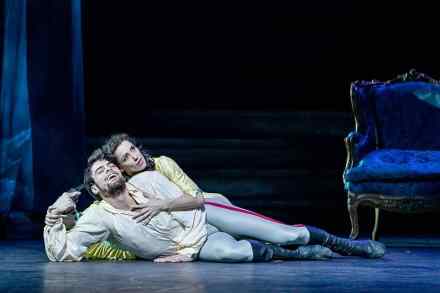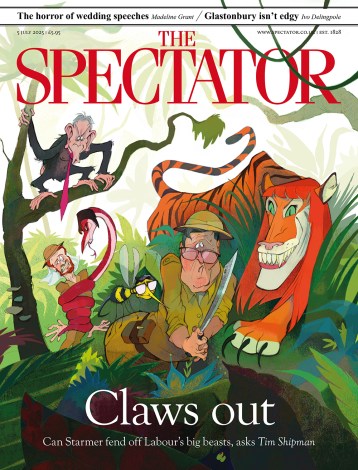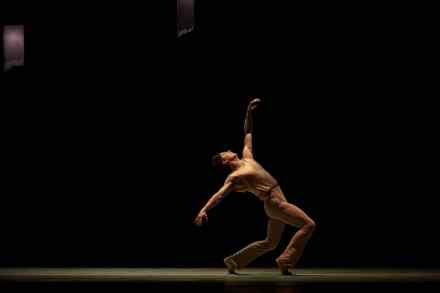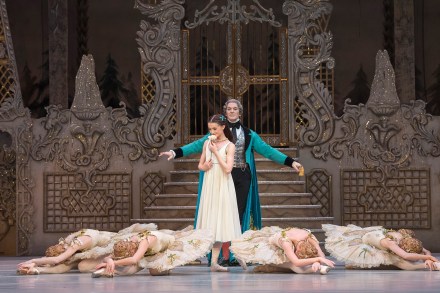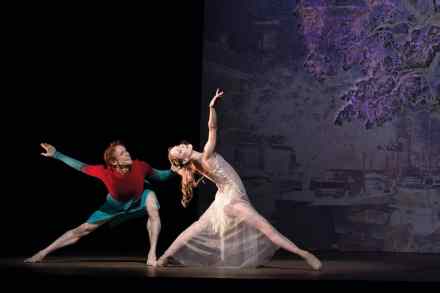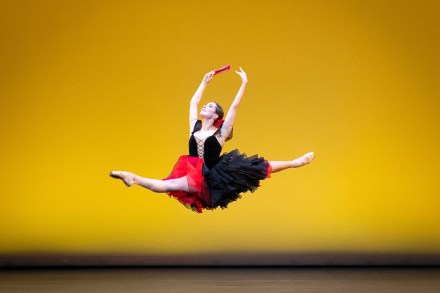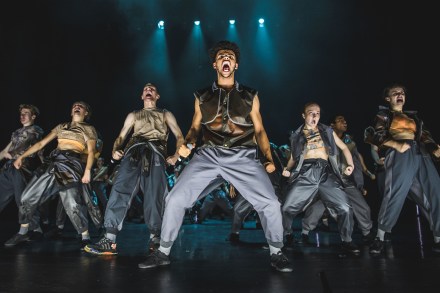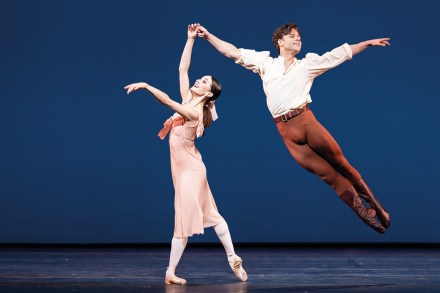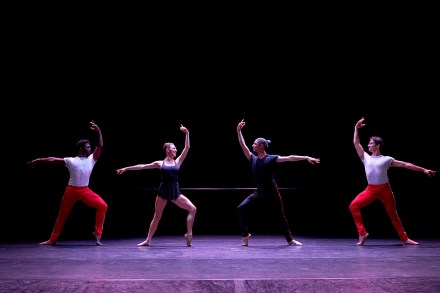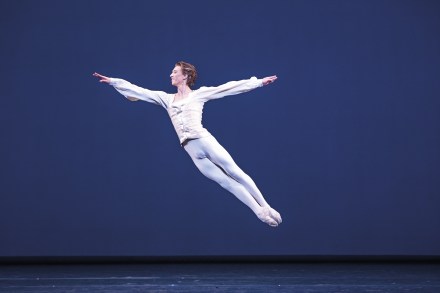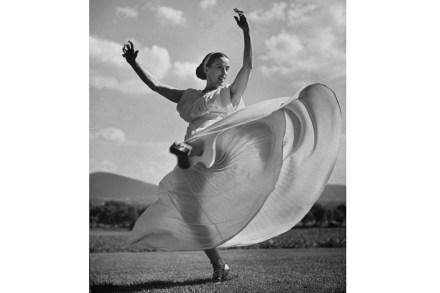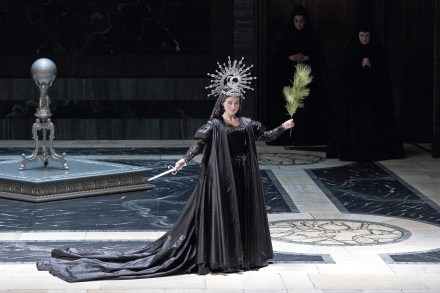Impressive interpretations marred by cuts: Scottish Ballet’s The Scandal at Mayerling reviewed
Sneer all you like at its prolixities and vulgarities but Kenneth MacMillan’s Mayerling remains a ballet that packs an exceptionally powerful emotional punch. Weathering a grapeshot of adverse criticism at its Covent Garden première in 1978, it has comfortably stood the test of time and entered the international pantheon. With a plushly throbbing score culled from Liszt’s oeuvre and an intriguing historical setting (the gratin of Habsbsurg Vienna in the 1880s), it’s a gift to large companies in search of full-length romantic drama beyond the rut of Swan Lake and Giselle. Because a production requires resources beyond the reach of medium-scale troupes, MacMillan’s widow Deborah has now sanctioned Scottish Ballet
